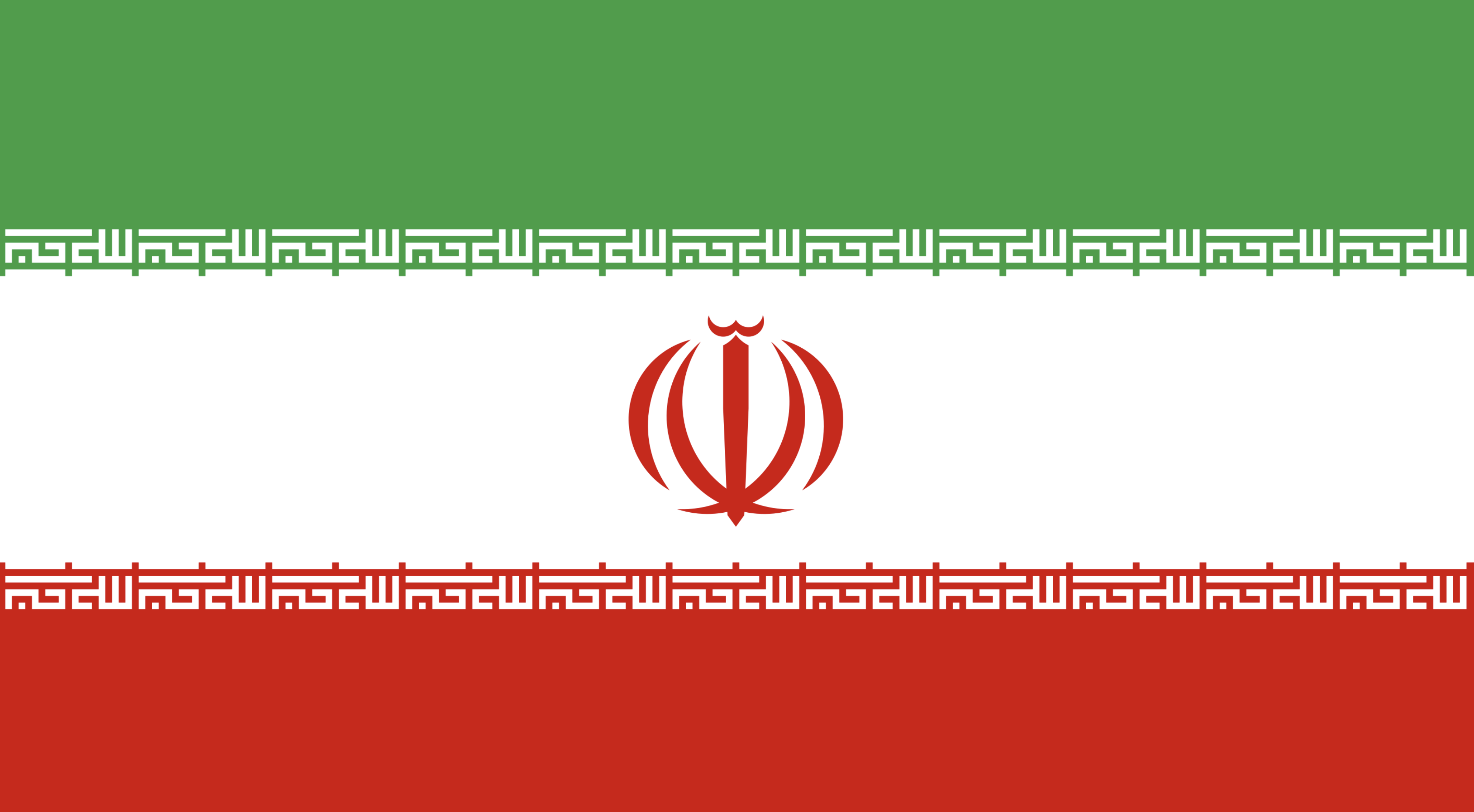How the Death of a Kurdish Woman Has Changed Iran as We Know It
BY: BRADY YANKO
Staff Writer
On Sept. 16 2022, Mahsa Amini died three days prior to being taken into custody by Iran’s Morality Police, the official cause of death being a heart attack, but most believe it was the result of three days of extensive torture. She was taken into custody while visiting the capital city of Tehran for violating the dress code, simply put she was wearing the Hijab incorrectly. After news broke of this, women of all ages and social groups took to the streets to protest what had been another unjust death.
The middle east and the Islamic world at large are complex places. It seems especially complex for Americans and Westerners. When an American sees Iran, some see a land very different from theirs, a land that doesn’t have similarities with their own. Although I think that is untrue, I can understand the misconception. Mainstream media can portray Iran as Nation that has always been primitive and regressive.
Popular media often shows us little to no of the feats of Islamic nations, and more of the violent ‘American Sniper’ side of things. To make things worse, the history of this part of the world is not often taught in schools. It is instead replaced by authors such as E.M Forster or Rudyard Kipling, and their account of the east. They paint the image of an exotic land filled with vices and chaos. The rich history of Iran during Greek and Roman times was so closely aligned with the “West’s” own, now seems more distant than ever.
After the 1979 Iranian revolution, the country started to become more radical, and much more religious than it had before. Where the Shah unveiled women, opened universities, and attempted to dismantle the Ulama (the conveyers of Islam); Ayatollah Sayyid Ruhollah Musavi Khomeini wanted a return to traditional Islamic values. He connected with many Iranians, who felt disenfranchised by the new liberal and western ideals.
Hijabs may seem intrinsically sexist to westerners; some find it hard to understand how clothing meant to conceal a woman’s natural features can be in any way just or moral. But many Muslims feel that it is quite the opposite. Many feel that the covering up of women is a sign of modesty. A sign of respect to Allah and to the women who wear them. It essentially boils down to personal choice. The protests started with simple questions. Should the wearing of hijabs be enforced by law? Should a woman be able to be murdered with little to no repercussions? Women all around Iran protested, danced, and burned their symbols of oppression. This is their right, and I will stand firmly with them on this fact. Women should not and cannot be forced to wear something they view as oppressive.
The murder of Mahsa Amini is a bright ash that has been lifted to the sky from a large wildfire, a wildfire that has been brewing in Iran since the Iranian revolution of 1979.
Twenty-five million Iranians live below the poverty line. That number is estimated to be increasing with the recent protest, growing inflation within the country and global economy, as well as stagnation in the nuclear talks with the US, which have thrust these women’s rights protests into the spotlight. These types of protests have been scattered throughout the past 30 years in Iran, with protest blossoming before being quelled by the Iranian government. However, the question may be turning from ‘To Hijab or not to Hijab’ to ‘Democracy or despotism’. Workers have put down their tools and taken up signs in protest of the Iranian government. Men and women from Iran’s various economic groups have joined together for arguably the first time in recent memory. These protests feel different. Long gone are the days of the “Arab Spring”, a movement with which many Iranians did not identify for a variety of reasons.
A new movement is on the horizon, a movement specific to Iran, and it is gaining rapid support. “Death to the dictator” rings out in every corner of the country. It is not just about another abuse of power that led to murder. Masha Amini’s death is now the symbol of an oppressive class system. No longer will the citizens of a corrupt government sit idly by.
I do feel as if change is coming in Iran. The movement seems to be too widespread, and too strong to stop at this point. Hijab burning is something not very many people expected to ever happen in Iran, especially myself. The protestors have crossed their proverbial “Rubicon”, there is no going back. It seems that the regime must be toppled, no number of changes in the law or structure of the Islamic Republic will bring an end to this movement.
On the morning of Sept. 16, Mahsa Amini’s killers may have thought nothing of her death. They presumed that her death would go unnoticed, like the many deaths before her had. In Persian, Mahsa translates to “Moon like”, which is Ironic, to say the least. To the people of Iran, her name means something. To them, she matters. Because of them, her death did not go unnoticed. A new moon is rising in Iran.












